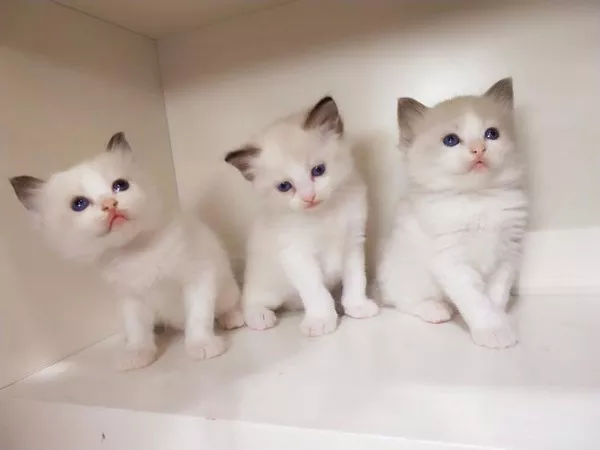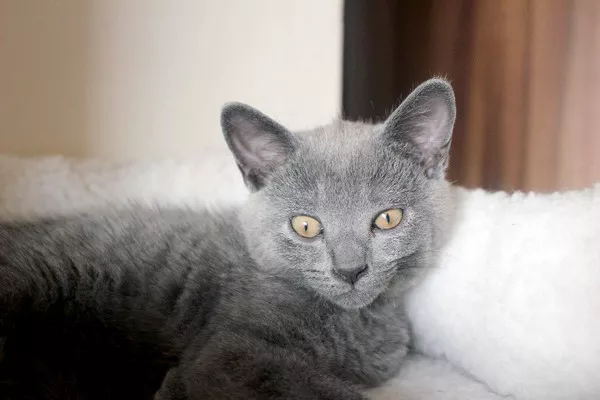In San Luis Obispo County, there is a notable contrast between the return-to-owner rates for shelter dogs and cats. Statistics reveal that almost 70% of dogs find their way back to their original owners, while the figure is less than 10% for cats.
To shed light on this situation, we turn to the Homeless Animal Rescue Team (HART) in Cambria, a no-kill shelter primarily focused on cats. Assistant Manager Wendy Wright pointed out that cats tend to live longer than dogs, and their independent nature may contribute to this disparity.
“The fact that cats live a lot longer than dogs could be a big factor. Other than that, I’m not really sure. Cats are really independent creatures, and maybe people get the illusion that they’re gonna be fine,” Wright commented.
The cause of this trend remains uncertain, but the consequences are undeniable. Wendy Wright emphasized the pressing issue, stating, “There’s just so many kittens. There’s a huge waiting list of kittens needing to be spayed and neutered.” The overpopulation of kittens further underscores the importance of spaying and neutering cats to prevent more cats in need of homes.
HART currently accommodates a substantial number of kittens, to the point where they occupy two entire rooms at the facility. Due to the overwhelming demand, they are wait-listed for neutering until December.
Acting Shelter Manager Kathy Wedle acknowledges the unpredictability of the adoption rate. She speculates that the absence of microchipping might be a reason some cats never return to their original owners. Wedle stressed the significance of microchipping, explaining that it can aid in reuniting lost cats with their families and ensure their safety.


























